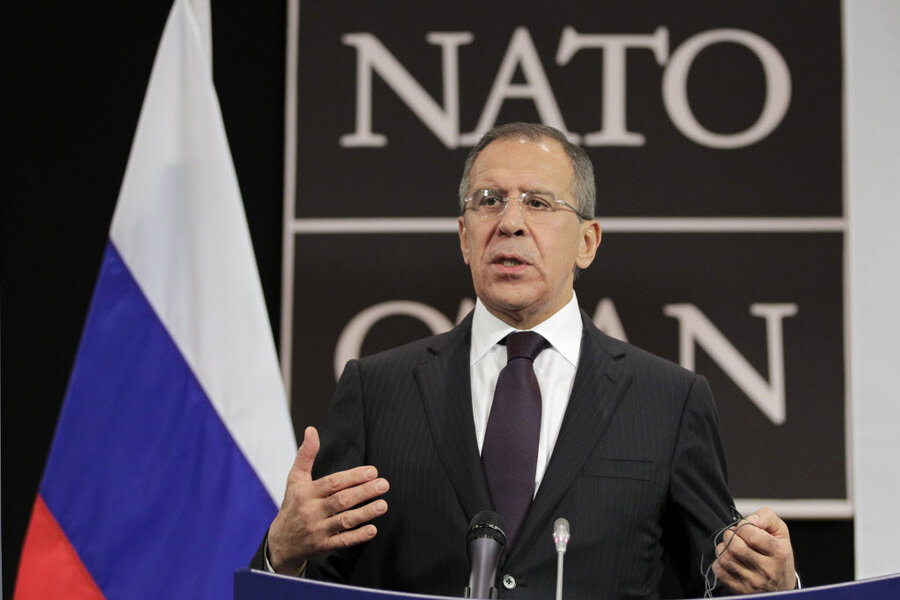Capabilities of U.S. missile shield questioned
Loading...
| Washington
Secret Defense Department studies cast doubt on whether a multibillion-dollar missile defense system planned for Europe will ever be able to protect the U.S. from Iranian missiles as intended, congressional investigators say.
Military officials say they believe the problems can be overcome and are moving forward with plans. But proposed fixes could be difficult. One possibility has already been ruled out as technically unfeasible. Another, relocating missile interceptors planned for Poland and possibly Romania to ships on the North Sea, could be diplomatically explosive.
The studies are the latest to highlight serious problems for a plan that has been criticized on several fronts. Republicans claim it was hastily drawn up in an attempt to appease Russia, which had opposed an earlier system. But Russia is also critical of the plan, which it believes is really intended to counter its missiles. A series of governmental and scientific reports has cast doubt on whether it would ever work as planned.
At a time that the military faces giant budget cuts, the studies could prompt Congress to reconsider whether it is worthwhile to spend billions for a system that may not fulfill its original goals.
The classified studies were summarized in a briefing for lawmakers by the Government Accountability Office, Congress' nonpartisan investigative and auditing arm, which is preparing a report. The GAO briefing, which was not classified, was obtained by The Associated Press.
Military officials declined repeated requests to discuss the studies on the record, noting they were classified. Even speaking on condition of anonymity, they declined to say whether the GAO had accurately reported its conclusions. But the GAO briefing had been reviewed by several Defense Department officials and the revisions they requested were incorporated. There was no indication they had objected to how the studies had been described.
The officials who spoke to the AP emphasized that the interceptor intended to protect the United States is in the early stages of development and its capabilities are not known. They said that the U.S. is already protected by other missile defense systems. Even if European-based interceptors are unable to directly defend the United States, they say they would protect not only European allies and U.S. troops stationed on the continent, but also U.S. radars there that are necessary for all U.S. missiledefense plans.
Missile defense has been a contentious issue since President George W. Bush sought to base long-range interceptors in central Europe to stop missiles from Iran. Some Democrats criticized the plans, saying they were rushed and based on unproven technology. Russia believed the program was aimed at countering its missiles and undermining its nuclear deterrent.
While it might seem logical for the U.S. to want to have a defense against Russian missiles, it's not so simple. A new missile defense system aimed at Russia could undermine the balance between the nuclear powers, prompting Moscow to add to its arsenal and build up its own defenses. It would undermine prospects for further cuts in nuclear weapons — a priority for President Barack Obama — and could also hurt U.S.-Russian cooperation on other issues of international importance.
Obama reworked the plans soon after taking office in 2009, arguing that the threat from long-range Iranian missiles was years off. His plans called for slower interceptors that could address Iran's medium-range missiles. The interceptors would be upgraded gradually over four phases, culminating early next decade with those intended to protect both Europe and the United States.
The plans have gained momentum in Europe with the signing of basing agreements in Poland, Romania and Turkey, as well as backing by NATO. But Russia, while initially welcoming the plan, now strongly opposes it, especially the interceptors in the final stage. Russia fears those interceptors could catch its intercontinental missiles launched at the U.S.
It is that fourth stage that is now at issue. The GAO investigators said that the classified reports by the Missile Defense Agency concluded that Romania was a poor location for an interceptor to protect the U.S. It said the Polish site would work only if the U.S. developed capabilities to launch interceptors while an Iranian missile was in its short initial phase of powered flight.
But the administration is not pursuing that capability because it does not believe it is feasible, according to one senior defense official.
The military has considered deploying interceptors on ships, but the Navy has safety concerns that have not yet been resolved. The suggestion of attempting intercepts from ships on the North Sea would likely aggravate tensions with Russia. That could put it right in the path that some Russian ICBMs would use, further reinforcing Russia's belief that it, not Iran, is the target of the system.
The GAO investigators also took the administration to task for not conducting studies earlier that could have revealed the problems. Reports by the GAO and scientific bodies advising the government have raised other concerns about the missile shield, citing production glitches, cost overruns, problems with radars and sensors that cannot distinguish between warheads and other objects. One report by the National Academy of Sciences recommended canceling the fourth phase of the system and deploying the interceptors to the East Coast.
The GAO study was requested by Republican Rep. Michael Turner, who until recently led a panel that oversees missile defense. He said he is concerned that the interceptor in development might be useless in protecting the United States.
"This report really confirms what I have said all along: that this was a hurried proposal by the president," he said.
Online:
Missile Defense Agency: http://www.mda.mil/system/system.html
Follow Desmond Butler on Twitter: http://twitter.com/desmondbutler







